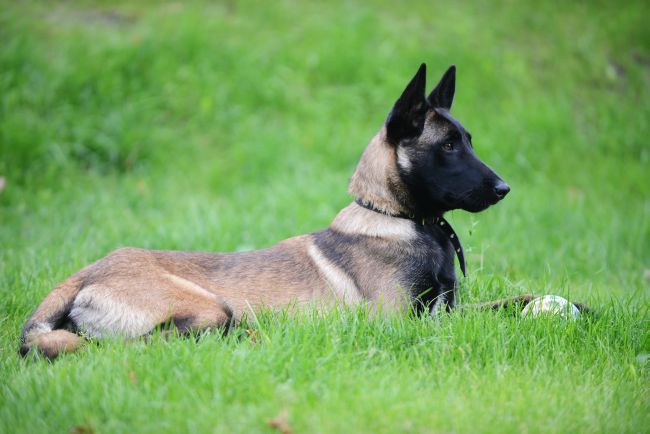
Some pet owners fall in love with the appearance of a dog breed without caring whether or not it is a particularly healthy animal. A prime example of this is reflected in the popularity of French Bulldogs, (who seem to be ubiquitous these days), which are a highly sought after and expensive dog breed, in spite of being notorious for poor health. Nevertheless, there are those who would rather avoid the headache of frequent vet visits, canine medications, C-sections, and constant breathing difficulties. Even the healthiest of dog breeds may be inclined to certain genetic diseases, and may be susceptible to all common canine ailments. However, the below list covers the dogs that tend to have the fewest amount of health problems.
The List
Australian Cattle Dog (also called the Blue heeler, Red heeler, etc.): Sheep herding dogs like the Australian Cattle breed or Australian Shepherd tend to stay in excellent condition due to their ability to run great distances and work peaceably with other animals and humans.
Beagle: One of America’s most beloved and iconic breeds, Beagles have voracious appetites that can get them into digestive trouble and can cause weight gain. Aside from that, they are hardy and healthy little dogs that generally live anywhere from 12-16 years.
English foxhound: These dogs enjoy strenuous exercise, and tend to be free from physical complications, such as illnesses, easily-broken bones or other injuries, if they have balanced diets and plenty of daily exercise.
German Shorthair Pointer: A hunting breed, the German Shorthair Pointer has an abundance of vigor and energy, and typically thrive until they are 12-15 years old. Aside from gastro torsion, hip dysplasia and occasionally hyperthyroidism, they do not have many physical concerns.
Belgian Malinois: The most active dog breeds fair well when it comes to physical health, and the Belgian Malinois dogs are no exception. Their insatiability for exercise and activities helps them avoid diseases, although epilepsy, eye cataracts, and thyroid issues are known to plague this breed on occasion.
Siberian Husky: If dog owners have been down the hip dysplasia path before with their pets, and they want to avoid future trouble, the Siberian Husky is a safe choice. They are one of the 5 least likely breeds to suffer from the complication, though eye problems (such as progressive retinal atrophy and cataracts) as well as thyroid issues can be a problem.
Azawakh: A lesser known, but beautiful breed, Azawakh dogs have few genetic and congenital diseases. The lithe dogs also have zero recorded instances of hip dysplasia, a common condition in many canines.
Shiba Inu: Aside from hip dysplasia, patellar luxation and occasional eye conditions, owners of this Japanese breed have few complications to worry about. Shiba Inu dogs generally are problem-free when they are given regular check-ups, and many live to 15-16 years.
Border Collie: Known for their top-tier intelligence and loyalty, this breed’s solid health gives them the full package when it comes to finding the ideal canine pet.
Mutts: Due to their blended gene pool, most mixed breeds are free from any genetically inherited diseases, and tend to have overall better health than many breeds.
*NOTE: Other healthy breeds: Labrador Retrievers, Labradoodle, among other hybrids.

